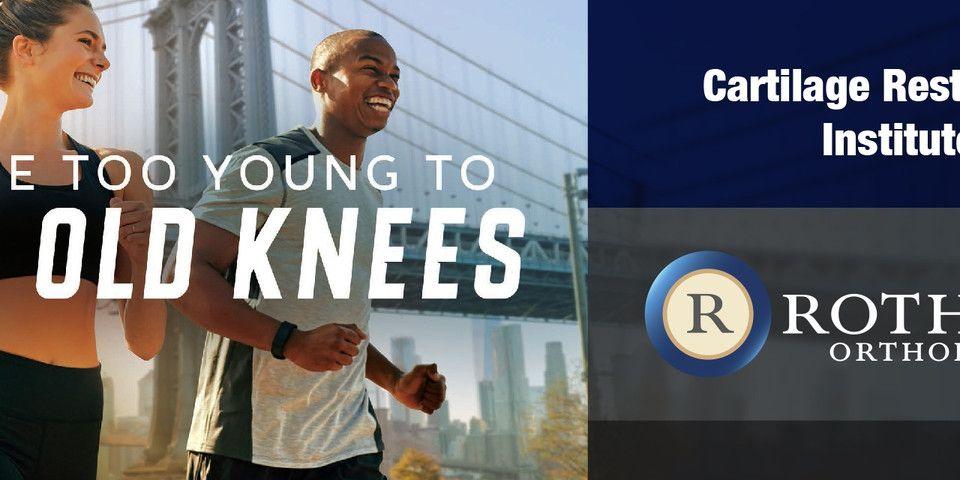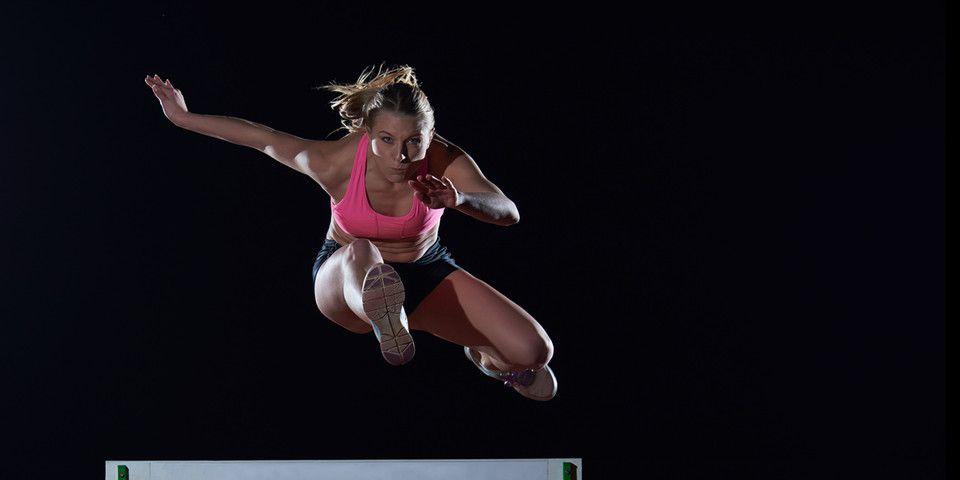An Overview of Knee Anatomy & Meniscus Tear Treatment
Rothman Orthopaedic Institute Specializes in Treating Meniscus Injuries
There are four major ligaments that support the knee: the posterior cruciate ligament (PCL), lateral collateral ligament (LCL), medial collateral ligament (MCL), and anterior cruciate ligament (ACL). These ligaments are familiar and well known—especially to athletes or those who have experienced a knee injury. Injuries to the ACL are particularly common and infamous.
But what about the short coronary ligaments that attach the tibia to the knees’ menisci? While these connective tissues may not be as large or prominent, they nevertheless play an important role by supporting the medial and lateral menisci. It isn’t until meniscus tear treatment becomes necessary when an injury occurs that many patients become conscious of the importance of these two small ligaments.
And what about the menisci themselves? Composed of fibrocartilage, these anatomical features are essential for healthy knee functioning. Learn more about meniscus anatomy and meniscus treatment below.
Menisci Anatomy and Function
The menisci are crescent-shaped pieces of rubbery fibrocartilage. Situated around the end of the tibia, they serve to cushion it from impact with the femur during movement.
The roles that the menisci fulfill include the following:
-
Absorb shock during movement that would otherwise result in pain
-
Provide joint stability by acting as a “cup” for the femur to rest in
-
Lubricate the knee joint in critical places
-
Transfer forces across the joint and assist in weight bearing
Meniscus Injury Diagnosis
If you have sustained an injury to one of your menisci, you will most likely be met with symptoms of pain, swelling, stiffness, and possibly joint locking. Patients often describe a popping sensation and sound upon injury, followed by a “catching” in their knee afterward.
A physician can confirm your diagnosis through a physical examination and MRI knee scan. X-rays will not reveal meniscal damage because, unlike bones, these small wedges do not contain calcium. If your tests confirm that you have sustained a severe sprain or tear of the meniscus, knee meniscus treatment will typically be needed.
Determining the Best Option for Meniscus Tear Treatment
If you’ve received a meniscal tear diagnosis and need to research your treatment options, you’ll find that there are two major factors that determine the best approach to care.
-
The Type of Tear
An acute meniscal tear typically occurs while the knee is in a weight-bearing position. Traumatic, acute injuries are often caused by a quick twisting motion, an impact during a contact sport, or a fall. However, some injuries to the menisci occur due to gradual degeneration. In other words, wear and tear associated with aging can result in slow tearing. These types of meniscus tears are sometimes accompanied by painful symptoms; in other cases, they are asymptomatic. -
The Location and Severity of the Tear
Meniscus tear treatment is also determined by whether the tear is complete (a true tear) or incomplete (a spraining of the meniscus). Whether the tear has occurred in the outer section of the band (which has the greatest blood flow and therefore the best chance of healing) or in the inner section will also play a key role in determining the best course of treatment. If the injury is in the inner area, surgery will likely be needed.
Meniscus Treatment at Rothman Orthopaedic Institute
At Rothman Orthopaedic Institute, a knee specialist will review your specific case, considering factors such as age, weight, overall health, and activity level. The physician will then assess the severity of the tear and the amount of blood flow in the area. Once these factors are carefully assessed, proper treatment for the injured meniscus can be determined.
Rothman Orthopaedic Institute offers the most effective meniscus tear treatment available. If you have questions about treatment options or would like to schedule an appointment, please visit us here or contact us at 1-800-321-9999.
Related Physicians
Related Specialties
Related Conditions
Related Treatments
Related Programs
-

Cartilage Restoration Institute
This is a center where patients can go to have their disabled joint biological resurfaced, realigned, and stabilized without having the joint replaced by artificial materials such as metal and plastic. It is well known that the outcomes of patients under the age of 50 undergoing artificial joint replacement are not as good as we would like. Therefore we feel the future of Orthopaedics is to try to restore a joint back to its original anatomy by realignment, ligament reconstruction, and cartilage restoration.Read More -

Women’s Sports Medicine Program
The Women’s Sports Medicine Program at the Rothman Orthopaedic Institute is the first of its kind in the Philadelphia metro area and one of only several such programs specializing in the comprehensive care of the female athlete in the country.Read More




